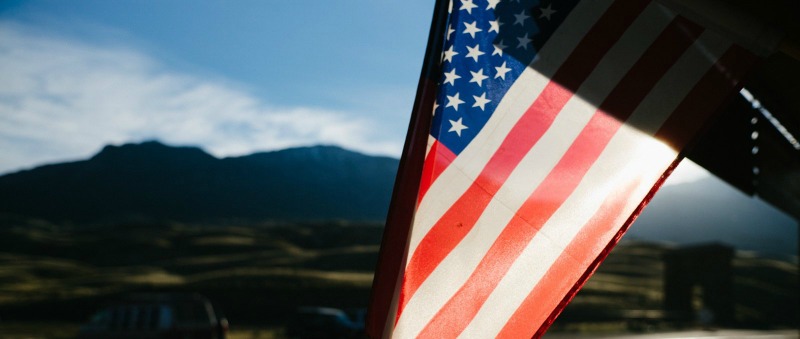About Us
“We were at sea—there is no other adequate expression—on the plains of Nebraska. . . . It was a world almost without a feature; an empty sky, an empty earth; front and back, the line of railway stretched from horizon to horizon, like a cue across a billiard-board; on either hand, the green plain ran till it touched the skirts of heaven." -Robert Louis Stevenson, Across the Plains, the middle section of a three-part travelogue about his 1879 overland train trip from New York to California, included a chapter entitled “The Plains of Nebraska,” in which Stevenson recorded his impressions of the prairie landscape as seen from his railway coach.
The Village of Bellwood is rich with history, it's own birth - the story of a family that headed West to the Great Plains with dreams of vast farmland to be had. J.D. Bell purchased the land now known as Bellwood on June, 5th 1872 from the Union Pacific Railroad. Mr. Bell noted that there were no trees here among all of the flat land and he ordered hundreds of trees from a nursery in Bloomington, Illinois. On April 10, 1878 J.D. Bell, his wife Hattie and their daughter Lorena moved from Woodhull, Illinois to the home on his farm in the Platte valley. At this time a new railroad was being surveyed to run from Lincoln to Yankton, S.D. by way of Columbus. Mr. Bell wished to have the railroad run through his land as he wanted to start a town in the southeast quarter. He offered the railroad the right-of-way free of cost if they would build a station on his land. On September 18, 1879 he reached an agreement with Lincoln Northwestern, as the new railroad was named. When the townsite was laid out and building got under way, the Ladies Aid Society was asked to propose a name for the town. Mary Finch proposed the name of Bells Woods due to the great many trees that J. D. Bell had planted. Shortly thereafter, the name of Bellwood appeared on the new depot and Bellwood it stayed.
Today the Platte Valley is known as one of the premiere farming regions in the world. Nourished by both the Platte River and the Ogallala Aquifer, pivot irrigation systems sweep the fields in summertime and Farmers irrigate more than 1.8 million acres of corn and soybeans. Proudly known as the Cornhusker State, we rank 3rd in U.S. corn production, 5th in U.S. Soybean production, and 2nd in Cattle inventories. We have our fertile ground and our hard working Farmers and Ranchers to thank for that.

Welcome Home

